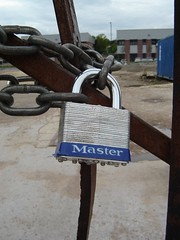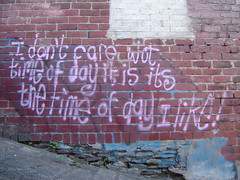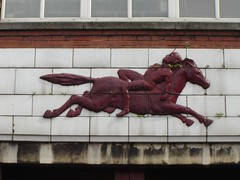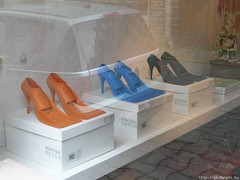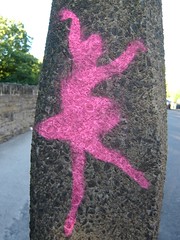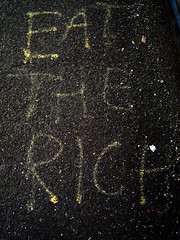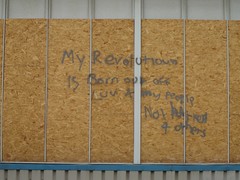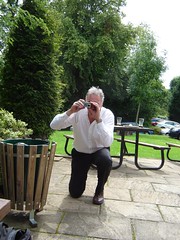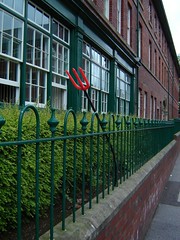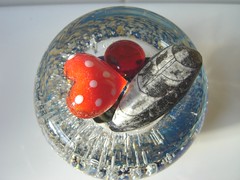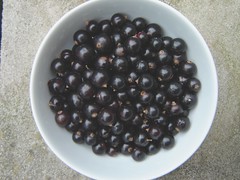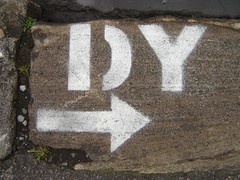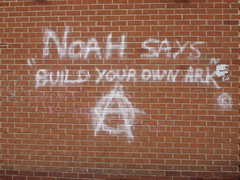
bung
Having finished my review of this, I’ve now settled into a second edition of my own – an old chapter on early literacy development, which I’m now seeing from a new perspective. One of the things I felt uncomfortable with in Colin and Michele’s book is the re-framing (or is it appropriation?) of the term literacy. When I upload the review to this blog you’ll see what I mean – but it’s really little more than what I already have said here. But reading around for the chapter I had a second look at Hasset’s piece in the Journal of Early Childhood Literacy – and in some ways this uses a similar new literacies perspective to Colin and Michele’s. What Hasset’s article does so well is to expose how literacy curricula normalize a view of literacy-as-concepts-of-print with very little reference to how it is changing. She looks at Clay’s work in ways that I explore here (although I was focusing on how writing changes when we shift technologies). I liked the way Hasset recommends we make “a start toward modifying early reading instruction toward new technologies, new texts and new literacies”: what we tend to do instead is modify new technologies to old practices – old wine in new bottles as Colin and Michele would say.
